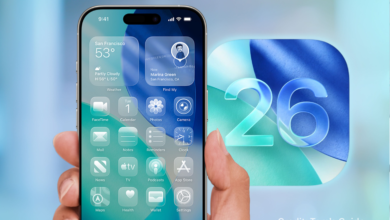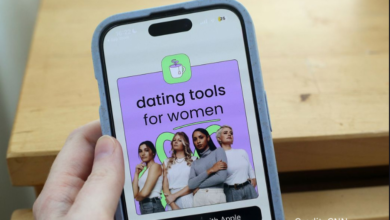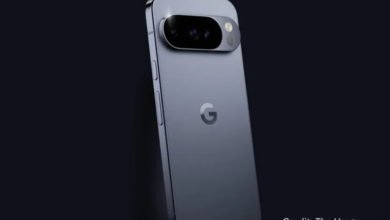Now in public preview, iOS 26 introduces a bold new interface, next-gen widgets, and seamless ecosystem upgrades — and it’s already changing how we use our iPhones.
A New Chapter for iPhone Users Everywhere
This summer, Apple quietly dropped a public preview of iOS 26 — and it’s nothing short of revolutionary. With a complete visual overhaul, intelligent notifications, and dynamic lock screen interactions, the update signals a defining shift in how users interact with their iPhones. For the first time in years, the iPhone feels new again — smarter, more personal, and more intuitive.
Meanwhile, Apple’s desktop counterpart, macOS Tahoe, is also in public beta, offering a unified design language and deeper synergy with iOS. Together, they’re reshaping Apple’s ecosystem into something far more seamless.
What’s New in iOS 26?
The last time Apple redesigned its mobile interface this dramatically was with iOS 7 in 2013. iOS 26 takes that spirit of reinvention and infuses it with a focus on user empowerment and aesthetic freedom.
Standout Features Include:
- Redesigned Widgets: Fully interactive and live-refreshing, widgets are now more than glanceable — they’re functional hubs.
- Smart Notifications: Context-aware alerts reduce clutter and prioritize what matters most, powered by on-device machine learning.
- Lock Screen Interactions: From quick replies to actionable widgets, your lock screen is now a launchpad, not just a glance screen.
- Dynamic Themes & Layouts: More customization than ever before, including font choices, color schemes, and layout presets.
You can find a full hands-on breakdown in our iOS 26 Just Got a Softer Look — Apple Tones Down Liquid Glass Effect in Latest Beta.
The Bigger Picture: Why Apple Changed Course
So, why now? According to Apple insiders and early developer reactions, the redesign isn’t just about aesthetics — it’s about keeping pace with evolving user behavior.
“Customization is no longer a niche request,” says Nina Tran, a UX researcher and longtime iOS developer. “It’s become the expectation. iOS 26 finally acknowledges that.”
With younger audiences gravitating toward hyper-personal platforms like Android and dynamic interfaces like Nothing OS, Apple needed to remind users why the iPhone is still the gold standard for usability and design cohesion.
Apple’s design leads also cite the rise of hybrid work and digital minimalism as core influences behind the shift — helping users stay focused without sacrificing personality.
From Hype to Habit: Public Sentiment and What’s Next
Early feedback from testers has been overwhelmingly positive, with social media buzzing about the “refreshing clarity” and “finally useful widgets.” Tech influencers like Marques Brownlee have already called it Apple’s smartest iOS move in years.
But there are still challenges ahead:
- Learning Curve: While intuitive for some, the interface may feel unfamiliar to long-time users.
- Third-Party App Adoption: Developers will need time to fully integrate the new widget standards and dynamic interfaces.
- Battery Optimization: Live widgets and lock screen activity could impact older devices’ battery life.
Still, the trajectory is clear. As Apple continues to unify its platforms — with macOS Tahoe echoing iOS 26’s design — the future promises a more fluid, personalized, and interconnected Apple experience.
Closing Thoughts: Redesign With Purpose
iOS 26 isn’t just a facelift — it’s a signal. Apple is finally letting users take the wheel while doubling down on what made the iPhone iconic: simplicity, elegance, and thoughtful innovation.
As we head into the official launch this fall, one thing is clear: Apple is no longer just catching up on customization — it’s redefining what personalization means in a premium mobile ecosystem.
Whether you’re a power user or casual scroller, iOS 26 invites you to rethink how your iPhone works for you — not just how it looks.




